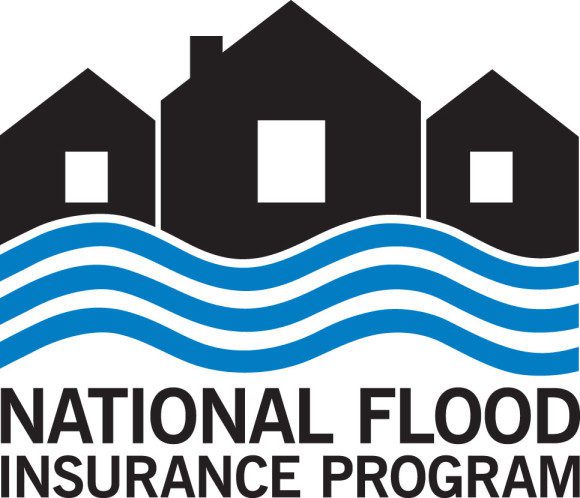NFIP could exhaust reinsurance & cat bonds, if RMS estimate for Ian loss is close

If the modelled loss estimate for hurricane Ian’s impacts to NFIP policies announced by RMS proves accurate, FEMA’s National Flood Insurance Program’s (NFIP) reinsurance tower and FloodSmart Re catastrophe bonds could pay-out in full.
In revealing its first official insurance market loss estimate for hurricane Ian today (with a best estimate of $67bn), catastrophe risk modeller RMS gave its view on the potential exposure that FEMA’s National Flood Insurance Program (NFIP) faces from the storm.
RMS said that it estimates the National Flood Insurance Program (NFIP) could experience $10 billion in losses from storm surge and inland flooding as a result of hurricane Ian.
This estimate is based the RMS view of NFIP policy-in-force data published by FEMA, with the Version 21 RMS North Atlantic Hurricane Models, and the RMS U.S. Inland Flood HD Model, the cat risk modeller said.
Adding that, while NFIP policy take-up is substantial in many of Florida’s coastal areas affected by Ian (up to 50 percent), some of the areas hard-hit by inland flooding typically have minimal (less than 10 percent) NFIP participation.
It’s also worth noting that losses to the NFIP will be driven by residential lines, RMS said.
At $10 billion of loss to the NFIP, that would exhaust its entire private market reinsurance arrangements, with them paying out in full, it seems.
When FEMA renewed the NFIP’s traditional reinsurance at the January 2022 renewals, it procured $1.064 billion of traditional flood reinsurance.
FEMA’s 2022 traditional reinsurance tower covers:
4.163% of losses between $4 billion and $6 billion.
26.565% of losses between $6 billion and $8 billion.
22.453% of losses between $8 billion and $10 billion.
Of course, in addition to that the NFIP has its FloodSMart Re catastrophe bond program, which provides additional capital markets backed reinsurance for losses from a named storm, like hurricane Ian.
The FloodSmart Re cat bonds had been marked down in last weeks pricing sheets, but we have a feeling they could be marked down further in the wake of RMS’ estimate for the NFIP’s losses from hurricane Ian.
The reason being, that at $10 billion of ground-up losses to the NFIP, the impacts of the hurricane could completely erode the cat bond backed reinsurance as well, with all of the in-force FloodSmart Re cat bonds paying out in full.
The lowest down FloodSmart Re cat bonds attach around $5.3 billion of losses to the NFIP and then the range of cat bonds are staggered up the tower, with the highest, or most remote, of the FloodSmart Re cat bonds exhausting at $10 billion, the top of the reinsurance tower.
So, if RMS’ estimate proves right, both the traditional reinsurance and FloodSmart Re cat bonds would provide full pay-outs and recoveries to help the NFIP pay its claims from hurricane Ian.
After its latest cat bond issuance earlier this year, FloodSmart Re cat bonds provide the NFIP with $1.425 billion of flood reinsurance protection through this year’s named storm season.
But even if RMS estimate is not entirely accurate, the size of the estimate still implies some payouts are likely for the lower layers of reinsurance and cat bonds, with at least some erosion of risk principal on the cards.
Time will tell and we’ll need the NFIP to announce more claims figures. As we explained yesterday, FEMA had reported 25,000 NFIP claims so far, which at an average claims cost would equate to almost $2 billion of losses.
So there’s a way to go before the NFIP’s claims got to $10 billion, but RMS’ estimate signals that it’s far too early to consider the NFIP’s reinsurance or catastrophe bonds safe from loss after Ian.
Read all of our coverage of hurricane Ian, and our analysis on the potential market losses, here.





